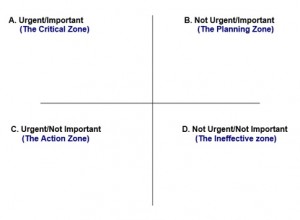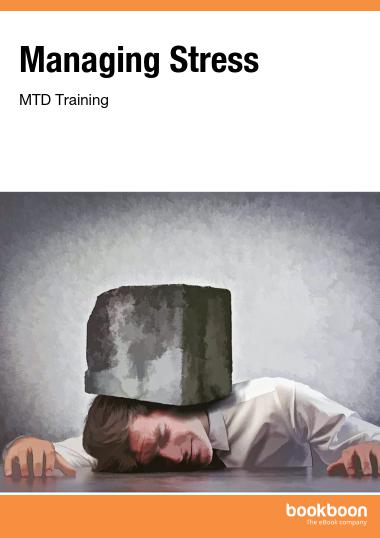Ways on Dealing with Urgent and Important Tasks

Have you ever been torn between doing things that are urgent and things that are important? Most people have problems in prioritizing especially when they are dealing with high workload. In order to overcome this, few tips must be followed to clearly set the distinction between “important” and “urgent” matters. In all cases of assessing management priorities, time must be allocated to tasks in order of their importance and not on their urgency.
Here is how everybody can be less stressed at the end of the day.
The difference between “important” and “urgent”
To make things clear, let us first differentiate the terms “important” and “urgent”. We say something is important when it will lead to an effective outcome of an important objective. These things may also slow down or worsen the progress of the objective when not achieved. Most of the time, important matters and tasks rarely need to be done within the day or the week. On the other hand, urgent matters require outcomes on a very short period of time. They call for instant action, demanding pressure every hour of every day. These things reinforces the notion of being busy, which us actually a deceptive virtue in most organizations.
Divide your priorities into zones
Management priorities are actually divided into four quadrants or zones based on tasks’ importance and urgency. These are the critical zone, planning zone, action zone and ineffective zone. Each zones must be dealt differently to overcome the stress produced by high work load.

The ineffective zone
Tasks in the ineffective zone are neither urgent nor important. The appropriate action for them is to drop them off until you find a “down time” wherein you have nothing else to do. Doing task in this zone when you have others in the three quadrants is clearly an ineffective way of using your time.
The action zone
This zone, on the other hand, is characterized by urgent but not so important things. Tasks here should be done very quickly. It is on the lower portion of the importance scale so tasks here are likely to be easy – such as routines. When done on time, they will pose little to no problem at all. However, when they are ignored constantly, they will pile up and become a headache.
The planning zone
All the urgent but not so important tasks are included in the planning zone. They need to be planned and a strategy must be undertaken for them to work out. Action must be done soon but not on a long duration.
The critical zone
For tasks that are urgent and important, they are included in the critical zone. This is where most people are usually working. Most of the pressure and stress are here, so errors are common. This zone requires action at present time and at quick pace.
Conclusion
Organizing your tasks by grouping them based on these four zones will save you lots of time and effort in dealing with them. Time management and tasks prioritizing based on importance will make you be less stressed at the end of the day.




